How would you know if your website meets the expectations of your visitors?
Well, website usability surveys are among the best and the most popular ways to understand your website experience.
You can ask various survey questions at the right moment to get quick and actionable responses. You can also find out what they expect from your website and all the challenges they face while browsing.
So, in this blog, we have shared 60+ survey questions about website usability and some interesting tips to get valuable insights.
Let’s dive right in to know more.
What Is a Website Usability Survey?
A website usability survey is used to gather user feedback on the website experience. These surveys aim to assess a website’s user-friendliness and identify areas for improvement.
For example, you can use website usability test questions to inquire about navigation ease, content clarity, and overall satisfaction. Feedback from these surveys helps businesses enhance user experience, making the site more effective and enjoyable for visitors.
Read More: A Complete Guide To Website Surveys (With Sample Questions)
Best Website Usability Survey Questions
Let’s check out some of the best usability testing questions for websites divided into several categories:
Questions on Navigation
- How would you rate our site’s navigation?
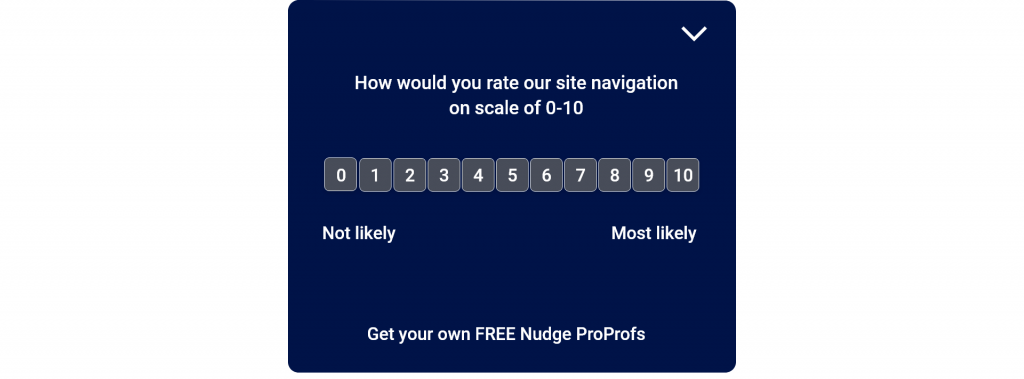
- Were the navigation menus clear and intuitive?
- Did you encounter any difficulties while navigating the website?
- Did you encounter any difficulties when using the drop-down menus or subcategories?
- Were the search results relevant to your query?
- How helpful did you find the breadcrumb navigation in understanding your location on the website?
- How satisfied are you with the website’s search functionality?
- Do you have any suggestions for improving the website’s navigation?
- On a scale of 0 to 10, how would you rate your overall experience with the website navigation?
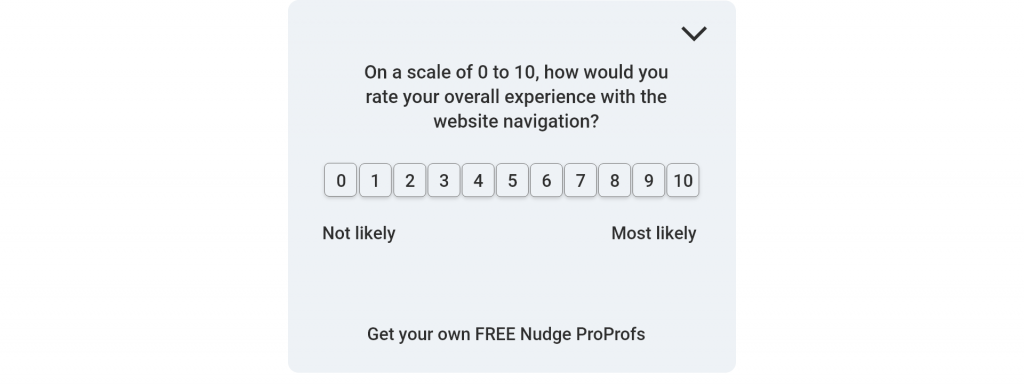
Questions on Content Quality
- On a scale of 0 to 10, how would you rate the clarity of the content on our website?
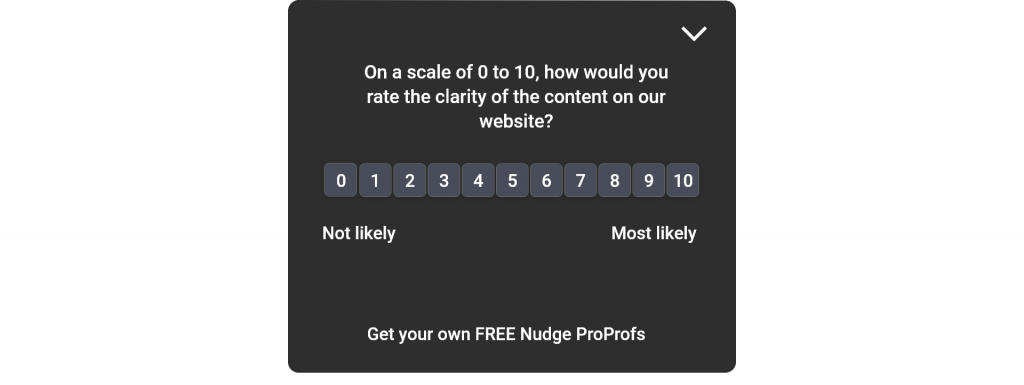
- Do you find the content on our website easy to understand? Why, or why not?
- Was the information provided on the website helpful?
- Please tell us what you think of our content.

- Were there any error messages that you found confusing or unhelpful?
- Were there any names or labels that were not intuitive?

- Did you encounter any technical or industry-specific terms that were unclear or confusing?
- Did you feel that any important information was missing from our website?
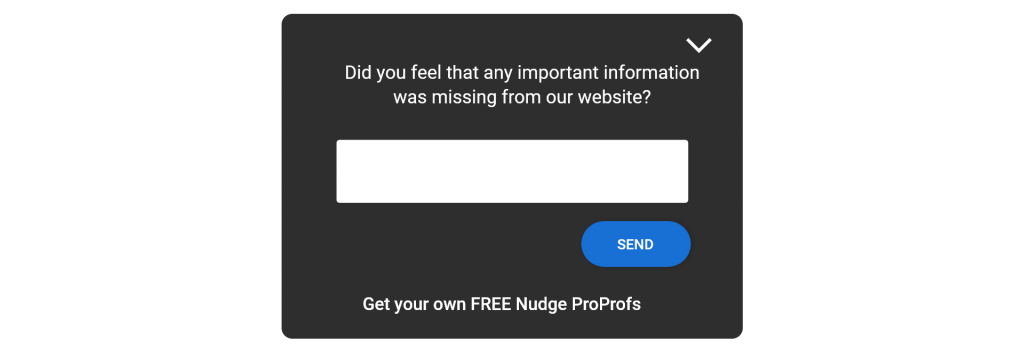
- Were there instances where you wanted more in-depth information on a particular topic?
- What changes or improvements would you recommend to enhance the clarity and relevance of our website content?
- Did you feel empowered to make informed decisions after going through the content?
- On a scale of 0-10, how would you rate the menus and search features to locate the information on the website?
- How helpful did you find the help content or documentation on our website?
- Did you find the information you were looking for in the help section?
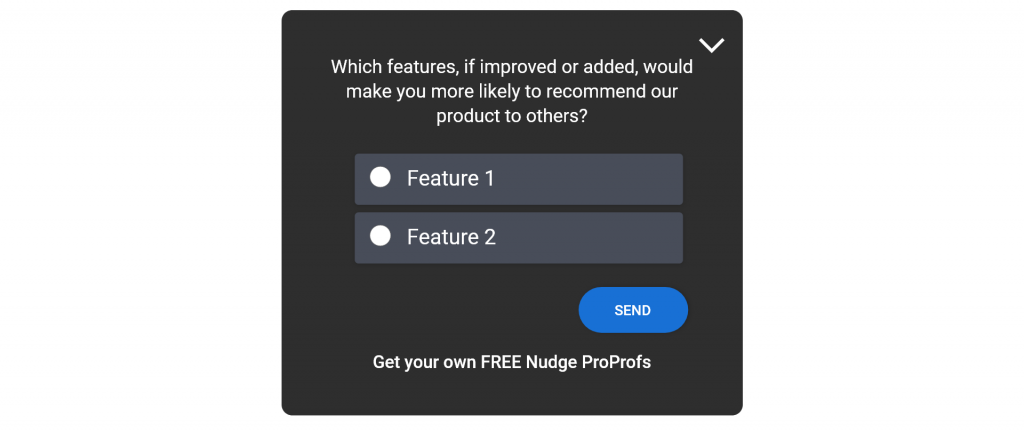
- Were there any specific aspects of the help features that could be improved for better usability?
Questions on Website UI
- How would you describe your initial impression of the website’s design?
- How would you rate the readability of the text on the website?

- Did the layout of the pages make it easy to focus on the content?
- Did fonts and colors enhance or detract from your experience?
- Were you able to understand how information was organized on the website?
- Did you notice a consistent design and layout throughout the website?
- What do you think of the terminology used on our [website/app]?

- On a scale from 0 to 10, how satisfied are you with the overall design and layout of the website?
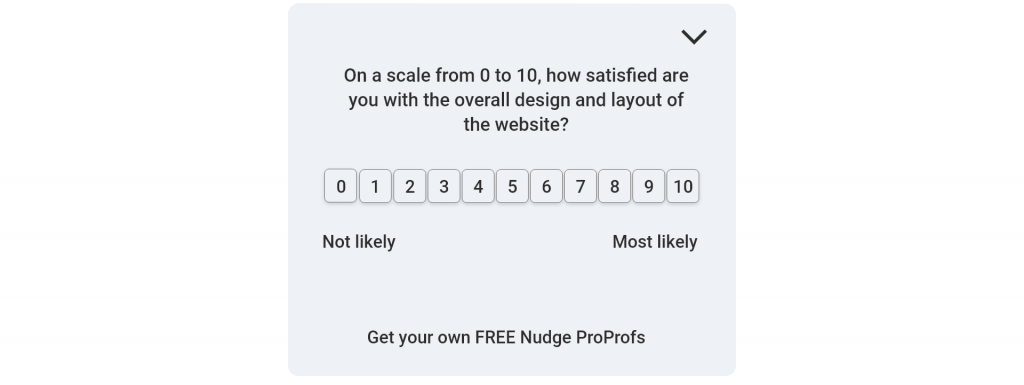
- What design aspects on the website could be improved to enhance your experience?
Questions on Website Performance
- Did the pages on the website load quickly?
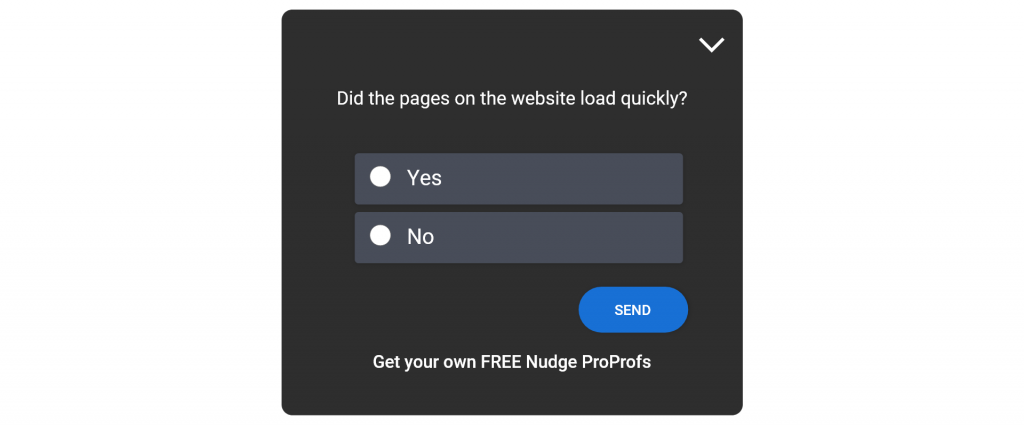
- Did you experience any delays or lag while navigating the website?
- How responsive was the website to your interactions (e.g., clicks, scrolls)?
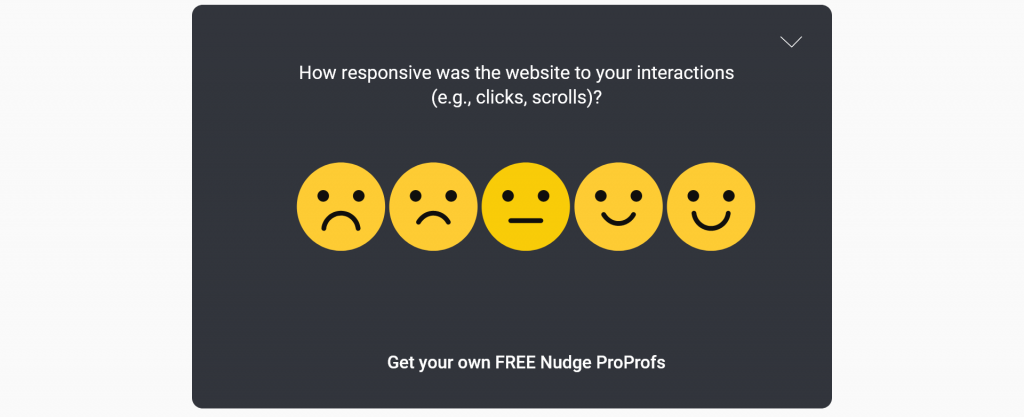
- Did you experience any technical issues, such as broken links or errors?
- How does the website perform on your mobile device?
- Did you use multiple browsers to access the website? If so, did you notice any differences in performance?
- Did you encounter any delays or issues in the payment process?
- How would you rate the loading speed of images and multimedia content on the website?
- Are there specific areas where you think this website outperforms others?
- Are there specific areas where you think this website underperforms others?
Questions on Website Engagement
- Were interactive elements (buttons, forms, etc.) easy to use?
- Were the calls to action (CTAs) clear and strategically placed?
- How often do you engage with the interactive features on our website?
- On a scale from 0 to 10, how encouraged do you feel to share or discuss interactive content from our website on social media?
Questions on Ease of Performing Tasks
- Were you able to accomplish your tasks on the website easily?
- How easy was it to find the specific feature or page related to the task you were trying to complete?
- Did you encounter any obstacles while trying to complete a specific action?
- How easy/difficult was it for you to complete a task from start to finish?
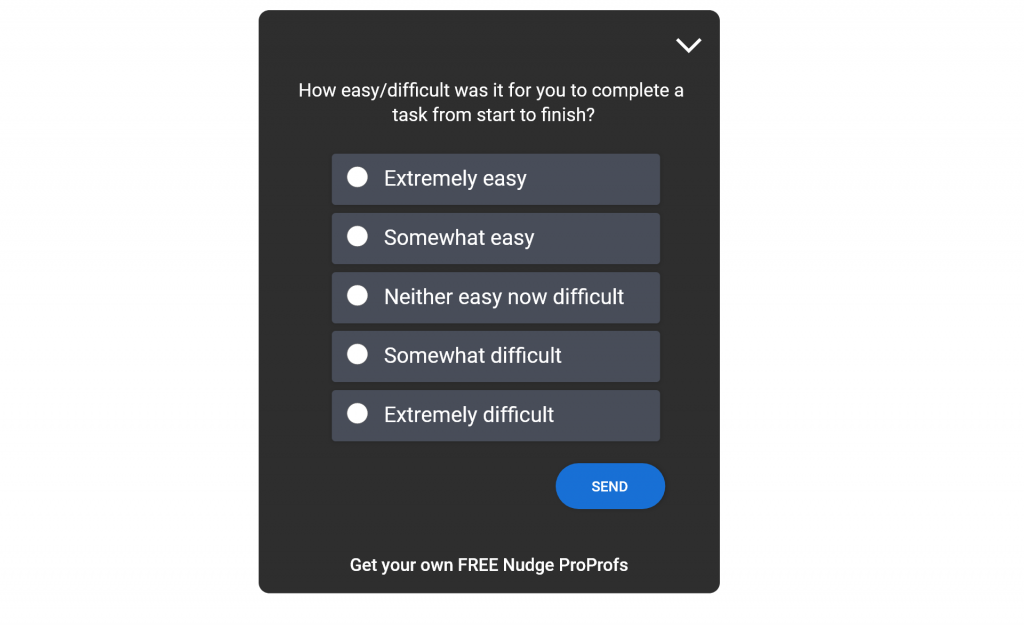
Questions on Mobile Responsiveness
- How would you rate your overall experience when accessing our website on a mobile device?
- Did you encounter any difficulties navigating our website on your mobile device?
- Were you able to easily find the information or features you were looking for on our mobile site?
- How satisfied are you with the loading speed of our mobile website?
- Did you experience any delays or slow loading times while browsing our site on a mobile device?

- Did the website respond quickly to your interactions (e.g., tapping, scrolling) on your mobile device?
- Were the text and images on the mobile site appropriately sized and easy to read?
- Did you notice any inconsistencies between the desktop and mobile versions of our website?
- Were there any features on the mobile site that you think could be improved or added?
- Were error messages clear and helpful when they appeared on the mobile site?
- Did you encounter any challenges related to font size, color contrast, or other accessibility features on the mobile site?
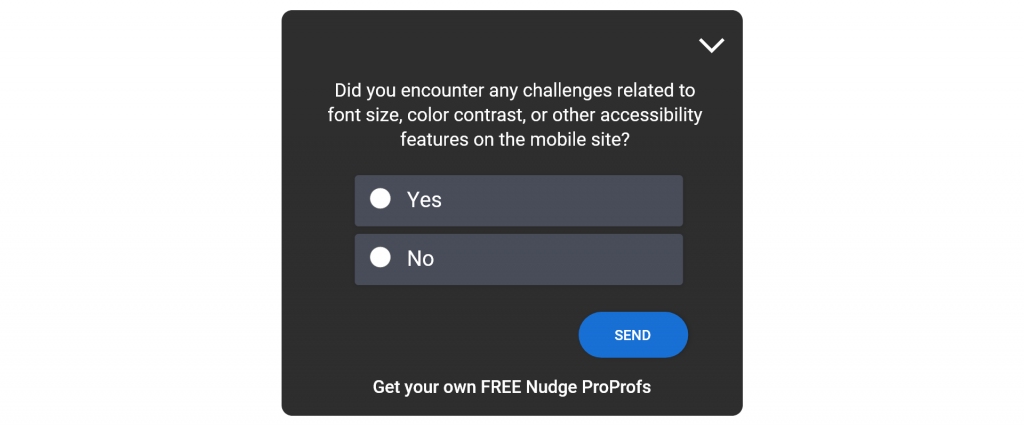
- Based on your experience with our mobile site, how likely are you to recommend it to others?
Read More: 25+ Excellent UX Survey Questions You Need to Ask
How Website Usability Surveys Delivery Seamless Experience
Why are website usability surveys important and beneficial?
Well, there are several reasons, and some of the major ones are listed below:
Get Real User Feedback
Website usability surveys allow you to collect direct feedback from your users about their experience on your website. This user feedback can help you understand what your users like, dislike, need, and expect from your website. You can use this feedback to improve your website design, functionality, and content to meet your users’ needs and preferences.
Reduced Bounce Rates
A high bounce rate indicates that your website is not engaging or relevant enough for your visitors. Website usability surveys can help you optimize your website design elements, such as layout, navigation, color scheme, font, images, etc., to captivate your visitors and encourage them to explore more pages on your website. This can reduce your bounce rate and increase your user engagement.
Increased Conversions
Did you know that a low conversion rate indicates that your website is not effective enough to persuade your visitors to take action?
Website usability surveys can help you pinpoint the obstacles or friction points in your conversion process, such as confusing instructions, broken links, slow loading, unoptimized checkout process, etc., and facilitate conversion rate optimization to boost your user journey.
Competitive Advantage
A user-friendly website can establish a competitive advantage by providing a positive and efficient online experience for your users, which can differentiate your website from your competitors and increase your user loyalty and retention.
Website usability surveys can help you assess your website’s strengths and weaknesses compared to your competitors and identify areas for improvement or innovation to enhance your website’s performance and value proposition.
Continuous Improvement
Establishing a continual feedback loop with your users through website usability surveys allows you to keep track of your website’s usability and user satisfaction over time and adapt your website to evolving user needs and market trends. This can help you maintain and improve your website’s relevance, effectiveness, and appeal to your users.
You might also like to read: A Complete Usability Testing Guide - Methods, Questions & More
Risk Mitigation
Addressing usability concerns on your website early in the process through website usability surveys can mitigate the risk of negative reviews, customer dissatisfaction, and potential loss of business, which can damage your website’s reputation and credibility.
By resolving usability issues before they escalate, you can avoid or minimize the adverse impact on your website’s performance and user trust.
Enhanced User Satisfaction
User satisfaction is a key indicator of your website’s success and a major driver of user loyalty, positive brand perception, and repeat engagement. Addressing identified issues on your website through website usability surveys can enhance your user satisfaction, as you can show your users that you care about their feedback and that you are committed to providing them with a high-quality and enjoyable online experience.
Read More: 8 Best Customer Satisfaction Survey Software
Best Practices in Website Usability Surveys
Now that we know the uses and benefits of website usability surveys, here are some tips, tricks, and best practices to get better outcomes from website usability surveys.
Short Is Sweet
Keep the survey short and focused. Respondents enjoy giving a survey that is short and concise. Therefore, keep the number of questions to a minimum and only ask about the most relevant aspects of your website’s usability.
Use a Mix of Questions
Using multiple question types helps you gather diverse data types and insights. For example, you can use rating scales, multiple choice, open-ended, and yes/no questions to measure different aspects of usability, such as satisfaction, ease of use, effectiveness, and preference.
Skip and Branching Logic to Ask Relevant Questions
You can use skip and branching logic to get much better outcomes. Some online survey tools, such as Qualaroo, offer these features to customize the survey flow based on the respondents’ answers. This way, you can avoid asking irrelevant or redundant questions.
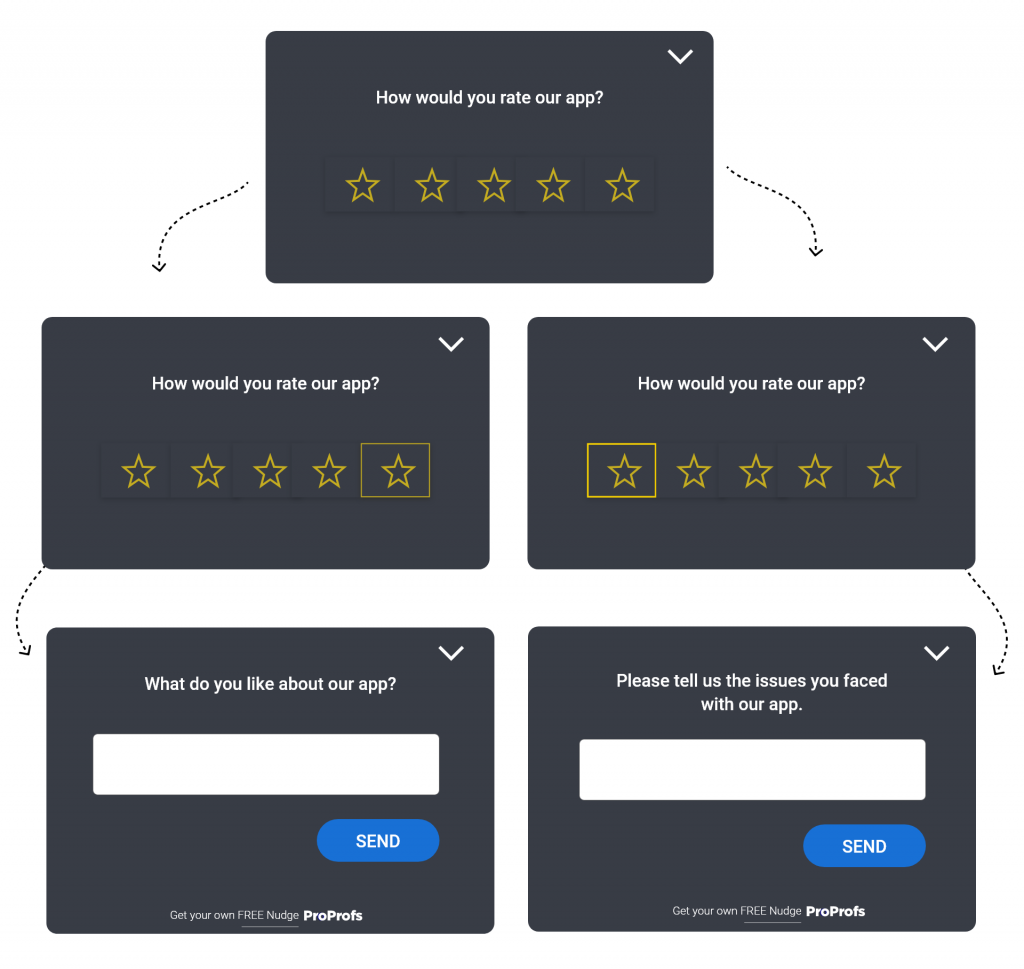
Timing and Placement Are Crucial
Choose the right timing and placement. The timing and placement of the survey can affect the response rate and the quality of feedback. You can ask usability questions for websites at different stages of the user journey, such as after a feature update, post-purchase, or before launching a marketing campaign.
Besides, the advanced targeting features offered by tools, such as Qualaroo, allow you to set triggers based on user behavior and specific criteria to show your survey to people who meet them.
Your next read: How to Ask For Feedback Without Annoying Your Customers
Offer Incentives and Rewards
Incentives and rewards can motivate respondents to complete the survey and provide honest feedback. You can run loyalty programs offering discounts, coupons, free trials, or entries to a prize draw as incentives for taking the survey.
These discount offers can reach customers quickly through popups, and you can use a tool like Picreel to create such popups easily. But make sure the incentives are relevant and appealing to your target audience and do not compromise the quality of feedback.
Watch: Understanding the Qualaroo Targeting Section for Desktop
Don’t Forget to Focus on Customers’ Emotions
Performing sentiment analysis on collected feedback data allows you to analyze the attitudes, opinions, and emotions expressed by users regarding the usability of a website. It is a way to understand how users feel about their experience when interacting with a website and to identify areas that may need improvement.
Close the Feedback Loop
Closing the feedback loop means following up with the respondents and letting them know how you used their feedback to make changes and improvements to your website. This will help you build trust and loyalty.
Consistency Matters
Keep the survey design consistent and appealing. The survey design can also affect the usability and the response rate. Ensure the survey design is consistent with your website design and branding and has clear and readable fonts, colors, and images.
Pro Tip:
Avoid these 26 survey errors to create flawless and engaging website surveys.
Test Before You Leap
Do not forget A/B Testing before you send out the survey to your target audience. This will help you ensure the survey works properly and delivers accurate results. You can do it easily with the help of a survey tool, such as Qualaroo.
Read More: How to Conduct User Experience Surveys: Templates & Best Practices
FREE. All Features. FOREVER!
Try our Forever FREE account with all premium features!
Ready to Create a Website Usability Survey?
Website usability surveys are a crucial step in understanding users’ experiences and making informed improvements to your website. You can use these website usability survey questions to gain valuable insights into various website elements, such as navigation challenges, content clarity, overall satisfaction, and more, to get a holistic view of your website experience.
The process also ensures that your website aligns with user expectations, enabling positive interactions and maintaining overall satisfaction, thereby contributing to the long-term success of the online platform.
You can use a tool like Qualaroo to ask the right questions, get AI-powered emotional insights, and gain a deeper understanding of what your visitors want and expect from your website. You can use survey templates and customize them or create surveys from scratch with these questions.
Frequently Asked Questions
What are examples of usability testing?
Here are some examples of usability testing:
- Ask participants to find specific information or perform common actions on a website to evaluate the ease of navigation, menu structure, and overall user experience.
- Perform common tasks within a mobile app (e.g., signing up, searching, making a reservation) to evaluate the mobile app's user interface and overall usability on different devices.
- Test a prototype or wireframe of a product to gather early user feedback so that you can identify potential design flaws and usability issues before the final product is developed.
- Test the product with users who speak different languages to ensure that the interface and content are understandable and culturally appropriate for a global audience.
What is the rule of 5 usability testing?
The rule of five-user usability testing is a guideline that suggests testing a product or interface with five users can reveal 85% of the usability problems.
The rule is based on the research of Jakob Nielsen and Thomas K. Landauer, who found that the number of usability issues discovered in a test is a function of the number of users and the probability of encountering an issue.
According to their formula, testing with more than five users has diminishing returns, as most of the common issues are already identified by the first fiveusers.
Can I edit the website usability survey?
You can edit the website usability survey according to your needs and preferences. There are different ways to customize your survey, such as changing the questions, the design, the branding, the targeting, and the survey frequency.
Depending on your website feedback software, you may have different options and features to edit your survey. For example, with a tool like Qualaroo, you can use the website usability survey templates and modify them as you like.
 Tips
Tips
We’d love to hear your tips & suggestions on this article!
FREE. All Features. FOREVER!
Try our Forever FREE account with all premium features!

 We'd love your feedback!
We'd love your feedback! Thanks for your feedback!
Thanks for your feedback!






